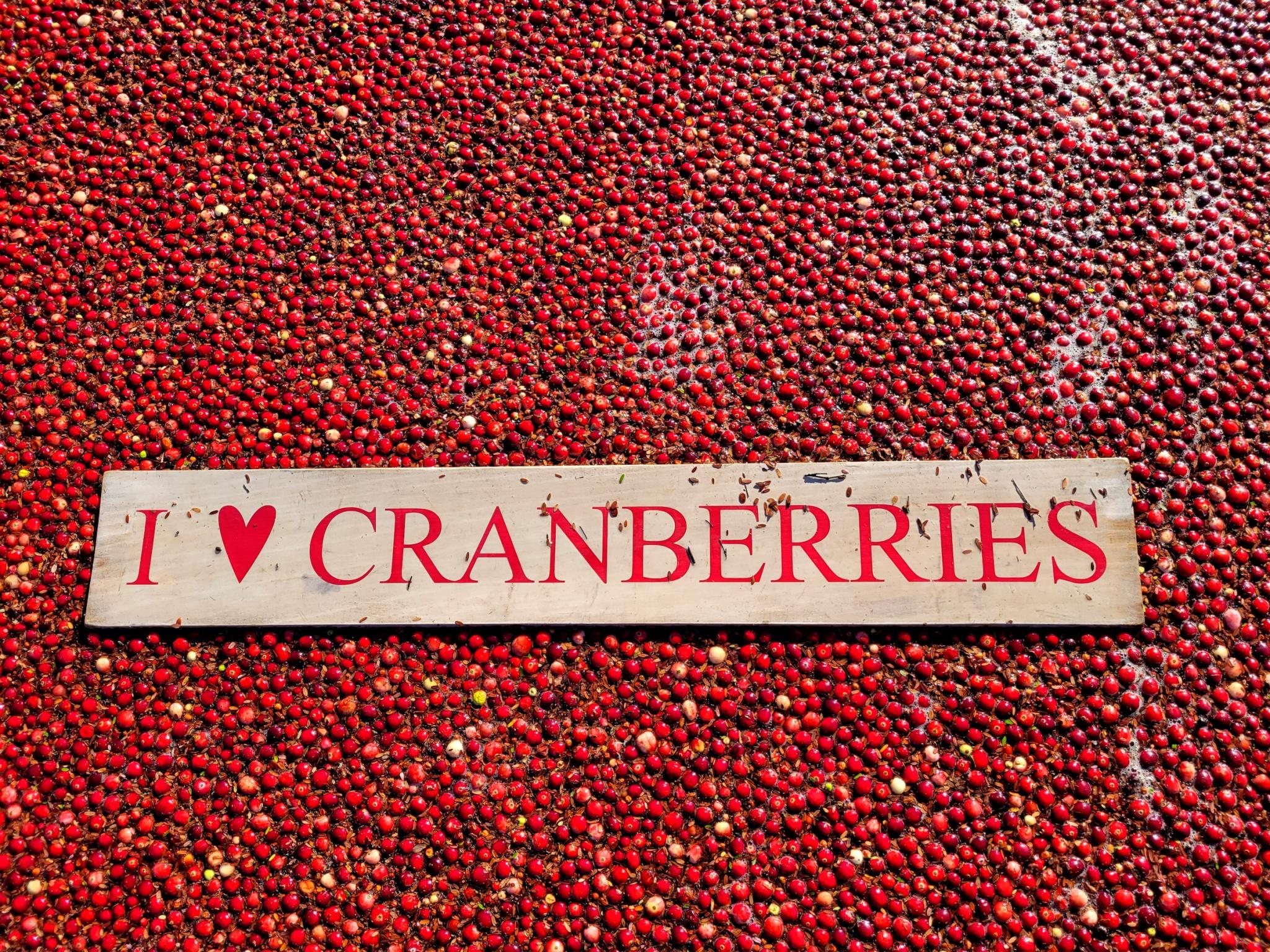Cranberries taste good—and are good for you! But the season for fresh berries is short, so get ‘em while you can! Discover the fantastic benefits of the culinary star of the holiday season!
This tiny, bright red berry is one of the few native North American fruits cultivated commercially in the modern era. Harvested from late September through October, the fresh fruit is only available through Christmas.
Now, find out how cranberries are grown and how you can grow them yourself!
Only about 15 percent of the crop is marketed as fresh berries—the rest gets processed into juice, sauce, and other products. I like picking up several bags of fresh berries, popping them into appropriate containers, and freezing them all winter.

Native Americans used cranberries for food, dyes, and medicine, and introduced the European settlers to the tart, healthful berries.
Some tribes pounded dried cranberries with strips of dried meat, and mixed them with animal fat into a nutritious, long-lasting, high-energy food called pemmican. Tucked into animal-hide pouches, pemmican saw both native Americans and Europeans through their long winter treks into the woods and back. The tradition survives today in products such as the Tanka bars made by the Oglala Lakota tribe.
The Benefits of Cranberries
You’ve probably seen popular articles pitching cranberries as a “superfood.” The fresh berries provide a good source of fiber and modest amounts of vitamin C and minerals.
Interestingly, their superfood status derives from their abundance of health-promoting phytocompounds—chemicals manufactured by plants for their OWN defense. We benefit from their anti-inflammatory, antibacterial, and antioxidant compounds.
Preventing Urinary-tract Infections
Many women swear by (powdered) cranberry supplements to prevent recurrent urinary tract infections (UTIs). Research demonstrates that one of the berry’s unique phytocompounds, a proanthocyanidin, may prevent bacteria from attaching to the cells lining the urinary tract, thus preventing infection or reinfection in susceptible people.
A similar hypothesis suggests that cranberry products may help prevent some ulcers by preventing bacteria from attaching to the stomach walls.
Researchers caution that while cranberries may help prevent infections and boost your immune system, they don’t treat infections. If you suspect you have a UTI, or if you have stomach pains, see a doctor.
More Cranberry Benefits
Medical researchers have also begun investigating the potential of these berries for preventing or treating heart disease, various forms of cancer, oral and gastrointestinal disorders, and viral diseases.
Researchers suggest that the “mixed outcomes” that have so far emerged from clinical studies involving cranberry products probably result from their use of a mishmash of products whose “bioactive” constituents weren’t well characterized or standardized, that were delivered in wildly different dosing regimens, or in trials that failed to measure how well the test subjects adhered to the protocol. Given the powerful potential of the cranberry’s chemistry, more research into medicinal uses will undoubtedly continue.
Always consult with your health care professional before taking cranberry (or any herb) for medicinal purposes. Like most plant medicines, cranberries may interact with other drugs you may be taking.
Cranberries Are Good to Eat!
Given the mouth-puckering tartness of the berries, most juices and prepared cranberry products and cranberry recipes for home preparation call for large quantities of sweeteners. Try stewing fresh berries into a relish with pears, apples or apple butter, or chopped dates or dried apricots. If the relish is still too sour, add a little sweetener of choice.
Beets and cranberries, the root and fruit of the fall season, pair well together in soups, sauces, relishes, and chutneys.
Cranberry-Beet Relish
Here’s a beautiful relish that combines the two:
2 cups fresh cranberries
2/3 cup frozen apple juice concentrate, thawed
2 large beets, cooked, peeled, and chopped
salt to taste
Bring cranberries and apple juice to a boil. Simmer until cranberries pop. Add finely chopped beets and salt.
Alternatively, simmer one or two chopped apples or pears in ¾ cup of apple cider until the fruit is soft; add cranberries and continue simmering until they pop. Then, stir in beets and salt. Add a tablespoon or two of your favorite sweetener if the mixture isn’t quite sweet enough.











Comments